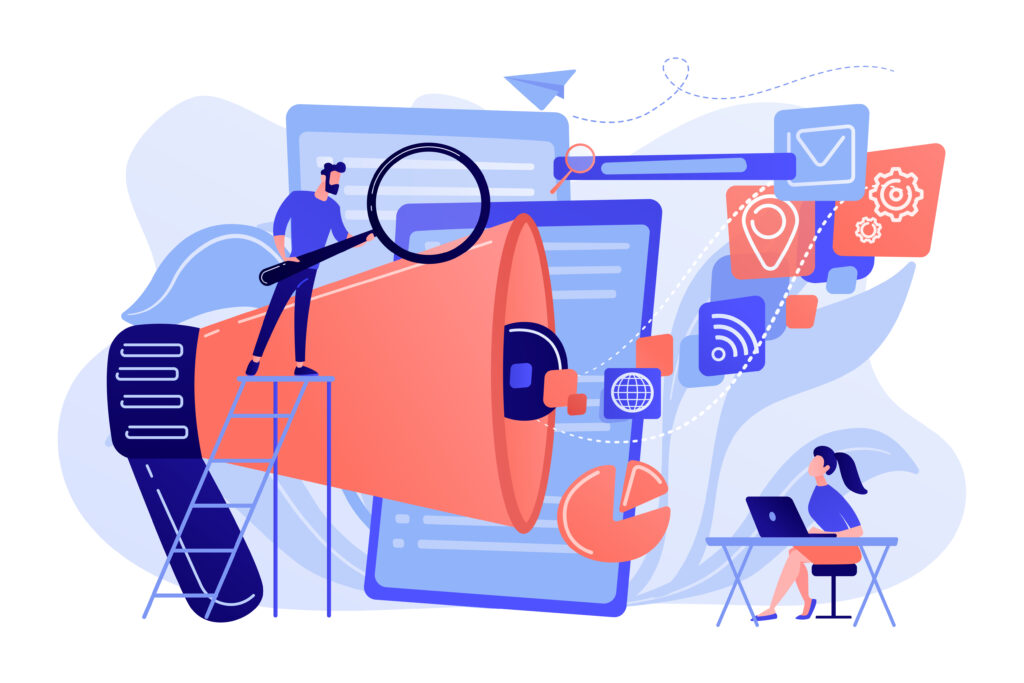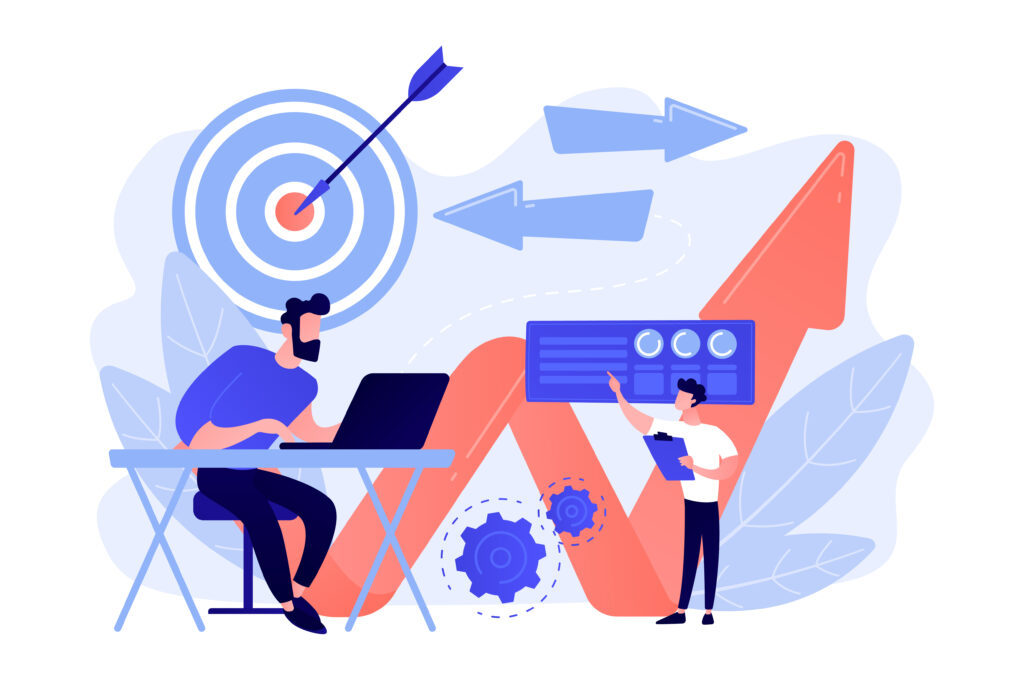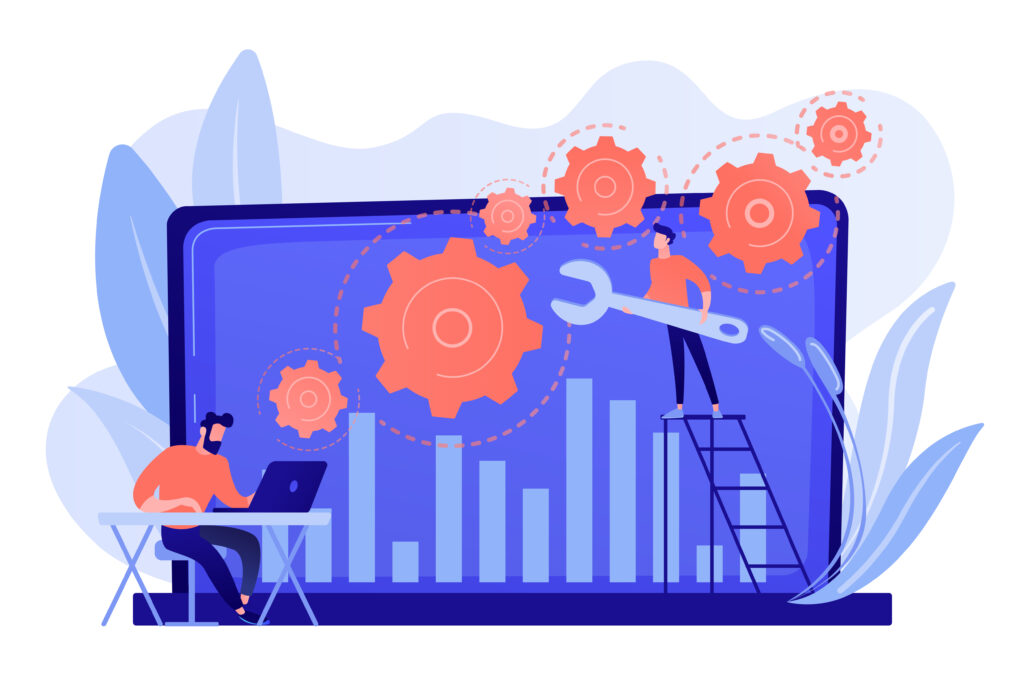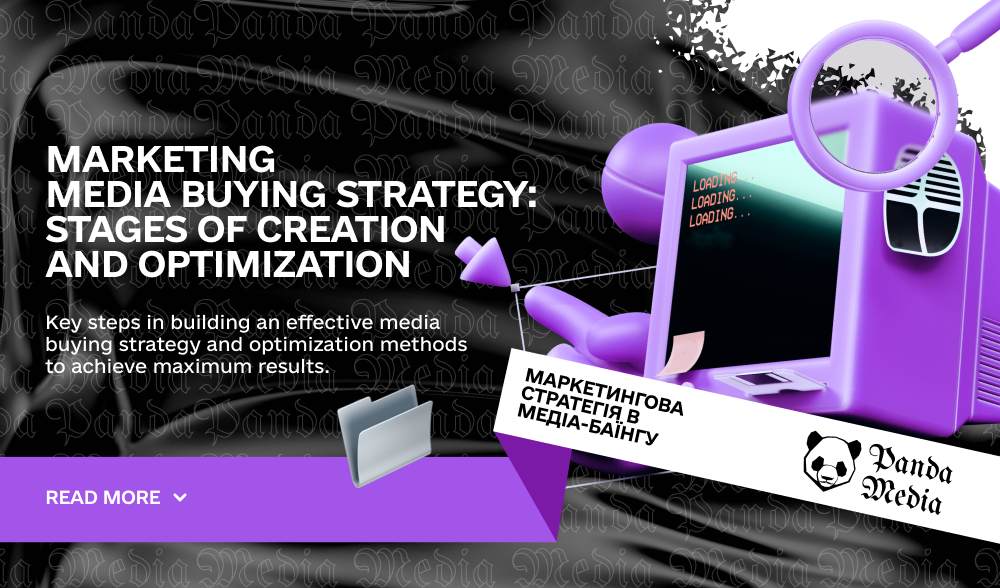Consumers spend an average of 3 hours and 27 minutes per day online. However, given the millions of options available, they tend to have low attention spans when viewing online ads. In the era of the digital market, where competition is fierce, the key to success is the ability to use effective advertising channels to reach your target audience. One of the most powerful tools that can help you with this is media buying. In this article, we will look at a media buying strategy that will not only grab the attention of your audience but also help you increase conversions and take your brand to the next level.
What is media buying
Media buying is the process of purchasing advertising space or time on various media platforms to place ads. This may include the purchase of advertising space in newspapers, magazines, radio, television, the Internet, and other media channels.

Media buying is an important part of the media planning strategy, where an advertiser or agency chooses the best channels and media platforms to reach the target audience. This process aims to optimize costs and maximize the effectiveness of an advertising campaign. Media buying can be done manually or with the help of automated systems that help in optimizing and tracking results.
Media buying strategy
A media buying-based marketing strategy requires careful planning and consideration to achieve maximum effectiveness. Here are some of the main steps of a media buying strategy in our opinion:
Target Audience Analysis
According to Marketing Evolution, $37 billion is spent annually on advertising that does not engage the target audience. The first step in creating a successful Media Buying strategy is to thoroughly analyze your target audience. Research their interests, habits, and media needs. Determine which platforms and channels they use most often. This will help you to accurately select media platforms for buying ads and maximize your audience engagement.
Platforms and Channels
Having chosen your target audience, move on to determining the best platforms and channels. The variety of media platforms offers many opportunities. Google Ads, Facebook, Instagram, LinkedIn, and others – the choice depends on the nature of your business and your marketing goals. Engage your audience where they are.
Creativity and Uniqueness
Similar advertising materials quickly lose their effectiveness. Develop creative and unique content that attracts attention and leaves a mark in the hearts of your audience. Use visual and textual elements that set you apart from your competitors.
Testing and Optimization
Media Buying is not only about buying ads, but also about constantly analyzing the results and improving the strategy. Run A/B tests to determine the effectiveness of different ads and campaigns. Learn from mistakes and constantly optimize your ad campaigns.
Monitoring and ROI Analysis
The final step is to monitor and analyze your Return on Investment (ROI). Determine which campaigns and channels bring the most profit. Based on this information, adapt your strategy, focusing on the most promising areas.

Media buying is a powerful tool that can accelerate the development of your business and take it to the next level. It’s important to have a clear strategy based on audience analysis, choosing the best platforms, creativity, and continuous improvement through testing and analyzing the results. Don’t be afraid to experiment and improve based on the needs of your audience.
Optimize your marketing strategy
A well-designed media buying strategy is just the beginning. To ensure sustained success and maximize the impact of your campaign, it’s important to constantly optimize your actions.
One of the advantages of our digital age is access to artificial intelligence technologies. Use machine learning algorithms to analyze audience data and campaign performance. This allows you to accurately determine and adapt your strategies based on real data.
Consider the possibilities of deep content personalization for your audience. Use data on purchases, views, and other behavioral indicators to create customized offers. Segmentation helps you determine exactly what content will be most effective for each subgroup of your audience.
Everyone is different, and their content consumption preferences vary as well. Mix a variety of multimedia formats: video, graphics, and audio. This will not only expand your audience but also make your content more attractive and engaging.
Instead of relying on a steady template, be ready to constantly test new ideas and experiment with different elements of your ad campaign. Observe the audience’s reaction and quickly adapt your strategies based on the data you receive.
Don’t forget about the importance of interacting with your audience. Communicate with them, get feedback, and respond to their needs. This will help you become not just a brand, but an active participant in the life of your audience.
Optimizing your marketing strategy requires constant improvement and adaptation. Use new technologies, deep personalization, and multimedia approach, and don’t be afraid to experiment. This is the only way to make your strategy as effective and competitive as possible.

Conclusion
We have reviewed important stages and strategic approaches to media buying, which is a key component of a successful marketing campaign. On the way to effectiveness, it is important not only to develop a clear strategy but also to constantly improve it using innovative approaches.
In the modern world, it is important not only to adhere to standard approaches but also to be ready to quickly adapt to changes in the digital environment. Only by combining strategic thinking with technological innovation will we be able to create marketing strategies that not only attract but also retain the attention of the target audience, taking your business to a new level of success.


